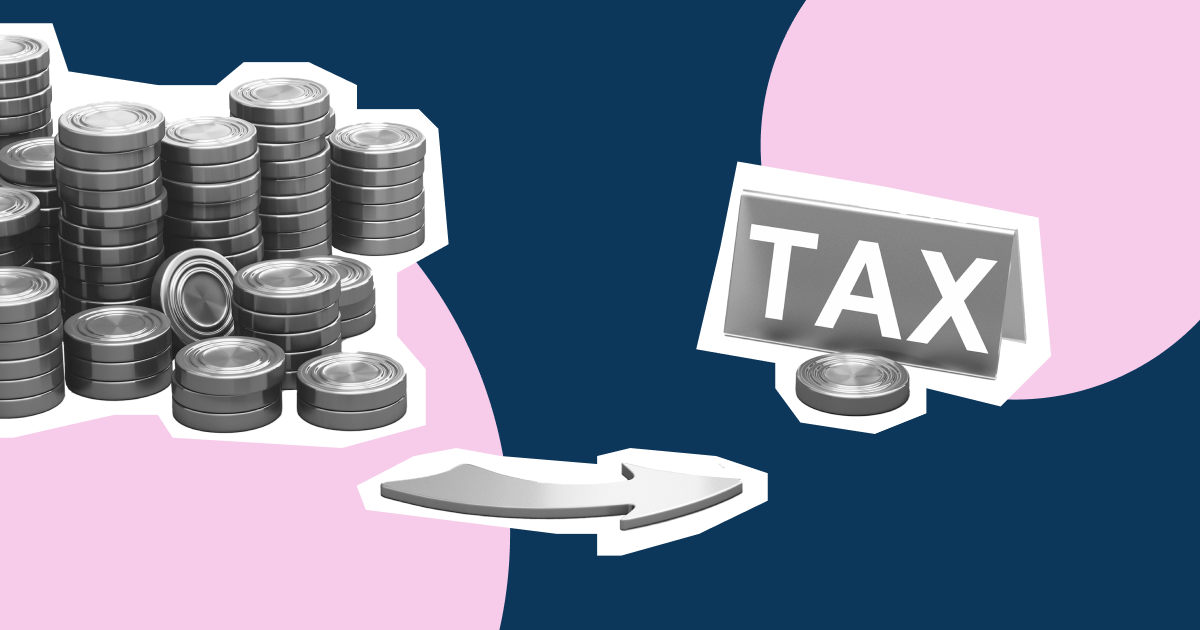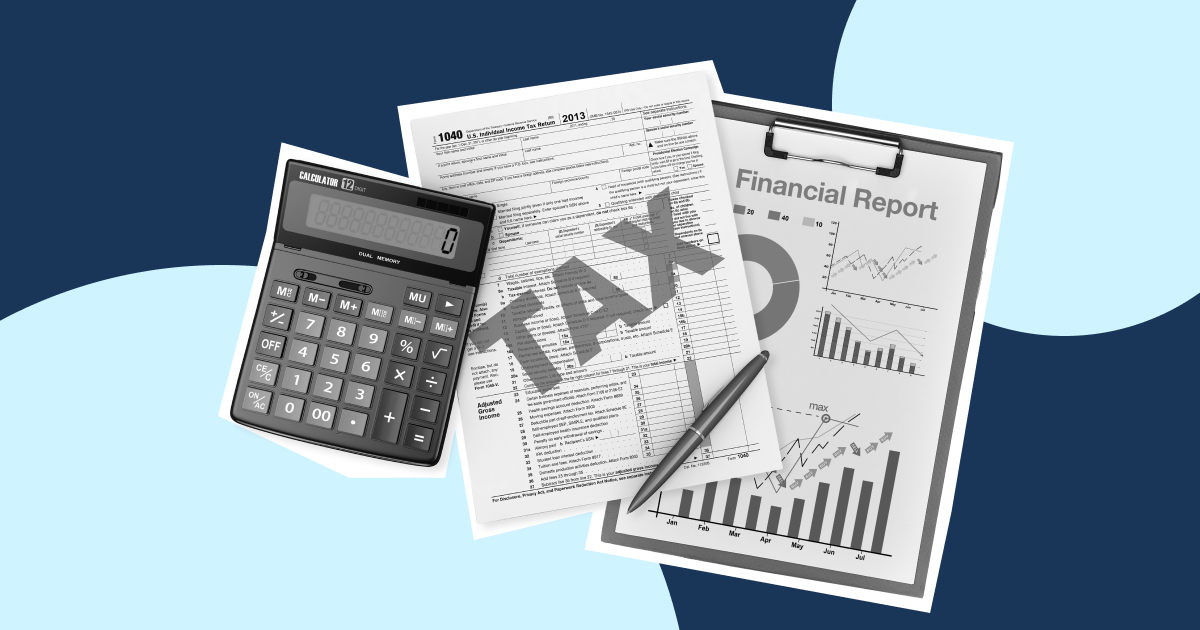Summary
Introduction
Whether you're a seasoned entrepreneur or a budding investor, understanding the profit and loss statement is key to gaining valuable insights into a company's financial health and business performance. So, let's jump straight into understanding the essence of a profit and loss statement.
A profit and loss statement is like a financial snapshot of your business, capturing both what you've earned and spent during a specific period. It's not just about tracking numbers; it tells whether your efforts have turned into profit or loss.
But is it important?
Let’s understand with an example where the profit and loss statement is used in a business.
Meet Sania. She owns a cozy restaurant in Singapore. At the end of the year, Sania sits down with her accountant to check the numbers. They look at the profit and loss statement to see how well the restaurant did financially.
Sania checks the revenue and subtracts the costs to determine the net income.
She's not just looking at profits; she also wants to find ways to spend less or try new things.
Maybe she needs to talk to her suppliers to get better deals or change the menu.
As mentioned, the statement isn't just about numbers; it helps Sania make wise business decisions. She might consider changing prices or spending more on advertising if the revenue is low. And when she wants to grow her business or get investors, the statement shows how healthy her restaurant is financially.
So, when Sania looks at the numbers, she's not just doing math; she's planning the future of her restaurant.
So, this statement definitely helped Sania improve and grow her business.
But before we dive into how this statement can help you with your business, let’s look at how it actually works.
How Does A Profit and Loss Statement Work?
The P&L statement, also referred to as a statement of profit and loss, statement of operations, expense statement, earnings statement, or income statement, begins by showing how much money your business made from selling goods or services.
Then, it subtracts the costs of making those goods or providing those services, like materials and labour. This gives you your gross profit.
Next, it looks at all your other expenses, such as rent and salaries. These are subtracted from the gross profit to find out your operating income or loss.
Finally, it adds or subtracts any extra income or expenses not part of your main business, like interest or taxes.
And there you have it – a detailed picture of your business's finances!
What Does The Profit and Loss Statement Show?
The profit and loss statement (P&L) comprises several critical categories, each shedding light on your company's financial health:
- Revenue (or Sales): This section shows your business's total income from selling products or services. It's a key measure of the performance of your core business activities.
- Cost of Goods Sold (or Cost of Sales): Also known as COGS, this category includes the direct costs tied to producing the goods or services you sell. Think of it as the expenses for raw materials, labour, and manufacturing overhead.
- Gross profit: Gross profit is calculated by subtracting the cost of goods sold from your revenue. This figure reveals the profitability of your main business operations before factoring in operating expenses.
- Selling, General & Administrative (SG&A) Expenses: These expenses cover the costs of running your business day-to-day, like salaries, rent, utilities, and other overhead costs not directly linked to production.
- Technology/Research & Development: Here, you'll find expenses related to technology investments and research and development (R&D) activities, showing your commitment to innovation and product development.
- Marketing and Advertising: This part reflects the money you've spent promoting your products or services, including advertising campaigns, marketing materials, and events. It's an investment aimed at attracting customers and boosting sales.
- Earnings before income tax (EBIT): This figure represents your company's profit before deducting taxes. It gives you insight into your business's operational profitability.
- Taxes: Taxes include any income taxes you owe to the government based on your company's taxable income.
- Net profit: This is the amount of money left after all expenses, including taxes, have been deducted from your revenue. It indicates the overall profitability of your business.
- Interest Expense: This category represents the interest you've paid on loans or debt, reflecting the cost of borrowing money for your business operations or investments.
- Net Income: Also called the bottom line, this figure is your total profit or loss after accounting for all revenues, expenses, taxes, and deductions. It's a crucial metric indicating your overall profitability.
The Profit And Loss Statement Sample Template (Basic)
Here’s a profit and loss statement example of the company - Infodocs.
With this profit and loss statement template, you can easily track your business's revenues, expenses, and overall profitability.
What Are The Types Of Profit And Loss Statement?
You can distinguish between types of profit and loss statements based on the accounting method you use: cash accounting and accrual accounting.
Cash Accounting Method:
The cash method, also known as cash accounting, is straightforward. It only tracks cash coming in and going out of your business. You record revenue when you receive cash and expenses when you pay bills or other liabilities.
For instance, if you sell a product in January but receive payment in February, you'd record the sale in February. Similarly, if you purchase something in December but pay it in January, you will log the expense in January. It offers a straightforward view of cash flow, showing how much money is moving through your business.
Accrual Accounting Method:
With the accrual method, you record revenue when it's earned, regardless of when cash changes hands. For example, if you invoice a client in January, you'd record the income immediately, even if you have not received payment.
Likewise, if you buy something in December but settle the payment in January, you'd still consider it an expense for December. This method gives a more accurate picture of your business's financial status but is a bit more complex than the cash method.
How To Analyse Profit And Loss Statement?
Analysing your profit and loss (P&L) statement is essential for understanding how well your business is financially and finding ways to improve it. Here's a simple guide on how to analyse your P&L statement effectively:
- Check Your Revenue: Start by looking at where your money is coming from. See any patterns in your sales over time and determine which products or services are bringing in the most money. Compare your current sales to previous periods to see if you're growing or shrinking.
- Check Your Operating Expenses: Take a close look at your operating expenses to see if there are any areas where you can spend less money. Look for any significant increases in expenses and try to figure out why they happened. Decide if you really need to spend that money or if there are ways to cut costs.
- Calculate Your Operating Income: Subtract your total operating expenses from your gross profit to find your operating income. This tells you how profitable your main business activities are. Look at how your operating income has changed and compare it to other businesses like yours.
- Look at Your Gross Profit Margin: To determine your gross profit margin, divide your gross profit by your total revenue and then multiply the result by 100 to obtain a percentage. This number shows how good you are at making money from what you sell. A higher gross profit margin means you're doing well.
- Look at Non-operating Income and Expenses: Check out any other income or expenses listed in your P&L statement, like interest you earned or paid or money you made or lost from investments. These things can also affect how much money you're making overall.
- Find Your Net Income: Subtract your total non-operating expenses from your operating income to get your net income. This is how much money your business has made after you've paid all your expenses.
- Compare to Your Budget or Plans: Compare the numbers from your P&L statement to what you thought would happen. Look for any differences and try to figure out why they happened. Then, use that information to make plans for the future.
- Track Key Performance Indicators (KPIs): Keep an eye on essential numbers like profit margins, return on investment, and earnings per share. These can help you see how well your business is doing and make smart decisions.
.gif)
Why Is A Profit And Loss Statement Important?
A profit and loss (P&L) statement is essential for several reasons:
- Checking How You're Doing: It gives you a quick look at how your business is doing financially over a specific time. You can see if you made or lost money, which helps you know if things are going well.
- Making Smart Choices: When you look at the revenues, expenses, and money you make, you can make smart choices about how much to spend, how to set prices, and where to put your resources. It helps you figure out what's working and what needs fixing.
- Watching Your Spending: The P&L statement breaks down your expenses into different categories, like how much you spent on stuff to make your products and how much you spent on running your business. This helps you see where your money is going and find ways to spend less and make more.
- Seeing Where Money Comes From: By checking out where your money is coming from, you can figure out which products, services, or customers are bringing in the most cash. This helps you focus on the things that make you the most money.
- Getting Investors and Loans: People who might invest in your business or lend you money often want to see your P&L statement. A good P&L statement can make them feel confident about giving you money.
- Setting Goals: Your P&L statement helps you set goals for the future by comparing how you're doing now to how you thought you would do. It helps you figure out what's going well and what needs work to make better plans for the future.
How Is Your Profit And Loss Statement Helpful To Others?
Here's how you can use profit and loss (P&L) statements for investments and loans:
Investments:
- Checking Out Investment Opportunities: Investors look at your company's P&L statement to see if your business is doing well financially before deciding to invest. They check stuff like how much your revenue is growing, how much profit you're making, and how you're spending your money to see if your business has the potential to grow and make money in the future.
- Comparing Investment Options: Investors compare P&L statements from different companies in the same industry to find the best investment opportunities. They look at things like how fast your revenue is growing, how much profit you're making compared to others, and how much money they can make from investing in your business.
- Keeping Tabs on Investment Performance: After they invest in your business, investors use your P&L statements to see how their investment is doing over time. They check to see if your revenue is going up, if you're spending money wisely, and if you're making the profit they expected.
Loans:
- Checking If You're Creditworthy: Lenders use your P&L statement to see if you're a good candidate for a loan before deciding to lend you money. They look at how stable your revenue is, how much profit you're making, and if you can handle more debt to decide if you can repay the loan.
- Deciding Loan Terms: Your P&L statement helps lenders figure out the terms of your loan, like how much interest you'll pay and how much money you can borrow. If your business is doing well financially, you might get lower interest rates or be able to borrow more money. But if your business isn't doing great, you might get higher interest rates or have to follow stricter rules.
- Keeping an Eye on Loan Repayment: After they lend you money, lenders use your P&L statements to ensure you're paying back the loan on time. They check to see if your revenue is going up, if you are spending money wisely, and if you are making enough profit to pay back what you owe.
What are the limitations of the P&L statement?
As a business owner, it's important to recognise the limitations of your profit and loss (P&L) statement. Firstly, remember that it offers only a glimpse of your financial performance over a specific period, potentially missing long-term trends or irregular events. Be cautious of accounting practices that can manipulate the P&L, such as timing revenue recognition or deferring expenses, which may distort your real financial position.
To gain a more comprehensive view of your financial health, it's essential to analyse other financial statements like the cash flow statement and balance sheet alongside your P&L. These documents help you assess factors like free cash flow, liquidity, and debt/equity ratios, giving you a better understanding of the company's financial health.
By considering these aspects together, you can make more informed investment decisions and gauge the company's overall strength and stability.
The Main Comparisons
Profit And Loss Statement Vs. Balance Sheet
%20(1).gif)
Profit And Loss Statement Vs. Cash Flow Statement.
Frequently Asked Questions
Are companies required to prepare profit and loss statements?
Whether companies are required to prepare statements of profit and loss depends on factors such as jurisdiction, legal structure, and regulatory mandates. In many countries, especially those with robust accounting standards, public companies are obligated to regularly publish financial statements, including profit and loss statements, typically on a quarterly and annual basis. In Singapore, companies are legally required to prepare financial statements, including a profit and loss statement, as part of their annual financial reporting obligations. Preparing a P&L statement is mandatory as per the regulations of ACRA (Accounting and Corporate Regulatory Authority). Consequently, all businesses operating in Singapore must finalise and deliver it by the designated deadline as part of their annual return.
What sets apart a P&L statement from a statement of revenue?
Essentially, there's no distinction between the two. The terms "P&L statement" and "statement of revenue" are synonymous. Additionally, the income statement goes by other names like "statement of income" or "statement of operations."
How often should you review your P&L statement?
Well, that depends on the size and stage of your business. If you're running a small business, you might opt to review your P&L statement monthly or quarterly. However, if your business is larger, you might prefer to review it more frequently, like on a weekly or biweekly basis.
How do non-operating items affect your P&L?
Non-operating items, like gains or losses from investments, currency exchange, or asset sales, are listed below your operating income on the P&L statement. These items can significantly impact your net income, as they may represent irregular gains or losses not arising from your usual business activities.
Wondering how Aspire can help you?
Understanding the importance of a balance sheet, especially for small businesses navigating financial complexities, is crucial. We at Aspire recognise the significance of accurate accounting practices in minimising errors. To streamline your financial processes, Aspire offers an array of features tailored to growing businesses. With automatic invoice reconciliation synced seamlessly with your accounting system, you can ensure no transaction goes unrecorded.
Our smart payables and receivables platforms also provide a comprehensive overview of your cash flow status in real-time, empowering you to make informed financial decisions at every step of your business journey.
Unlock streamlined vendor management with Aspire's intuitive platform. Seamlessly track vendor debt history and forecast future obligations through our dynamic dashboard. Automate expense reporting, bulk payments, and timely reimbursements while receiving real-time spend alerts for enhanced expense management.
With direct integrations, Aspire boosts bookkeeping efficiency, saving you time and ensuring accurate accounting. Say goodbye to lost receipts and inefficient processes. Focus on strategic analysis and financial planning with confidence.
Take control of your business's financial future – open an account with Aspire today!










%201.webp)


.webp)